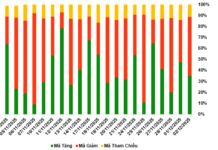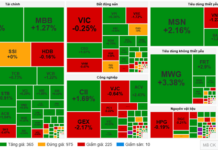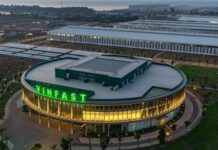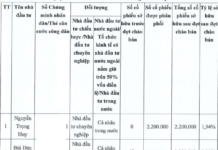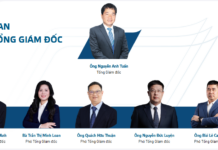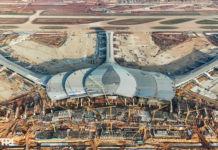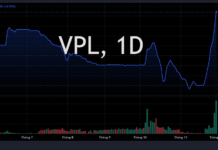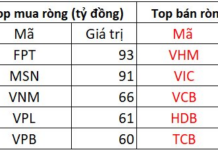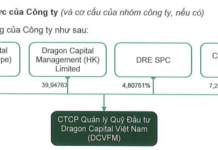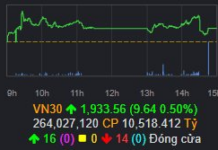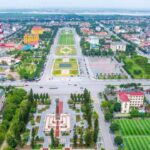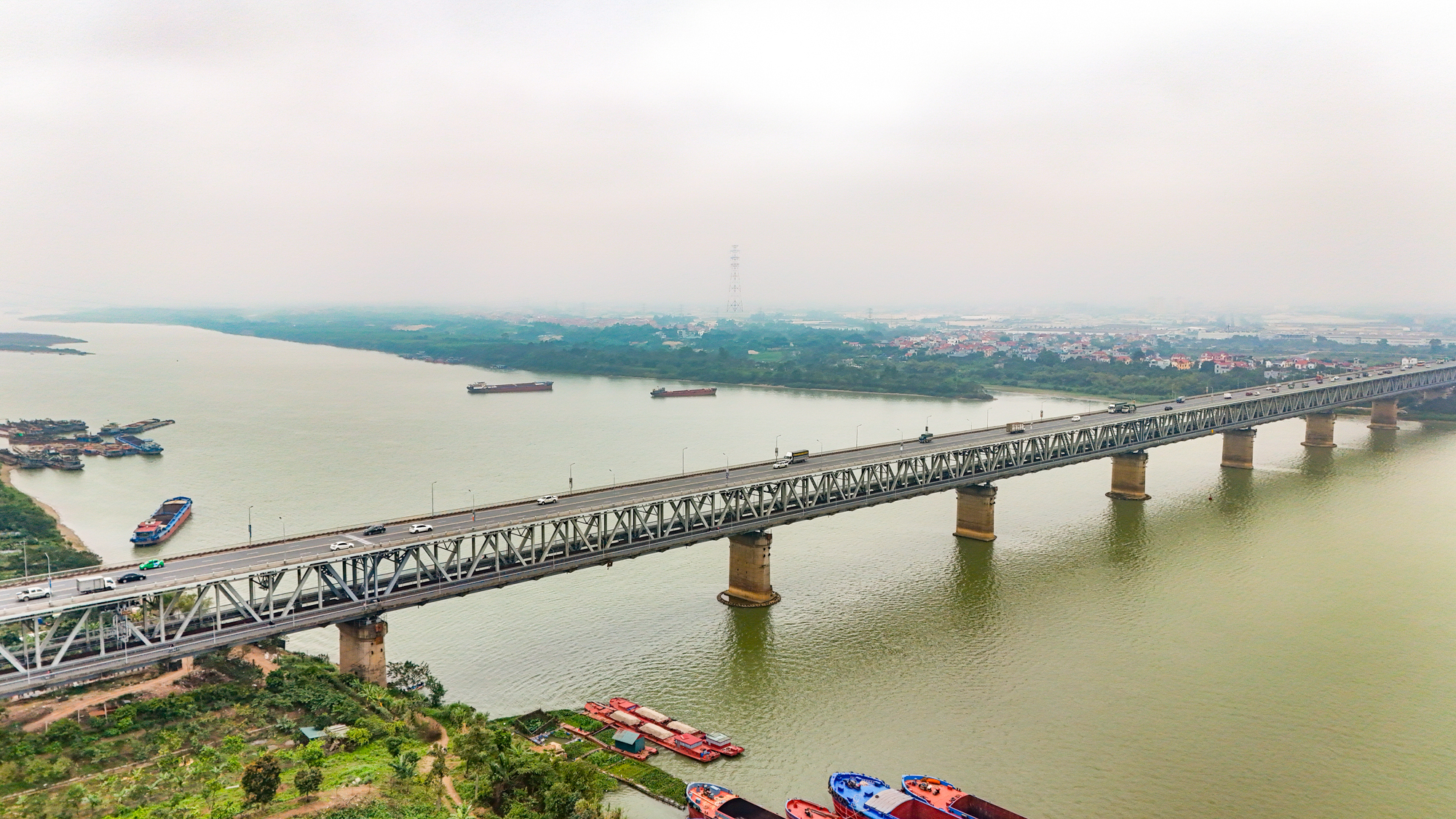
In 1972, amidst the most intense period of the resistance war against America, our Party and State decided to build Thang Long Bridge – the second bridge across the Red River in Hanoi, after Long Bien Bridge, 11 km away. Thang Long Bridge started construction in November 1974 and was officially inaugurated in May 1985. It is considered an iconic symbol of the Vietnam-Soviet friendship.
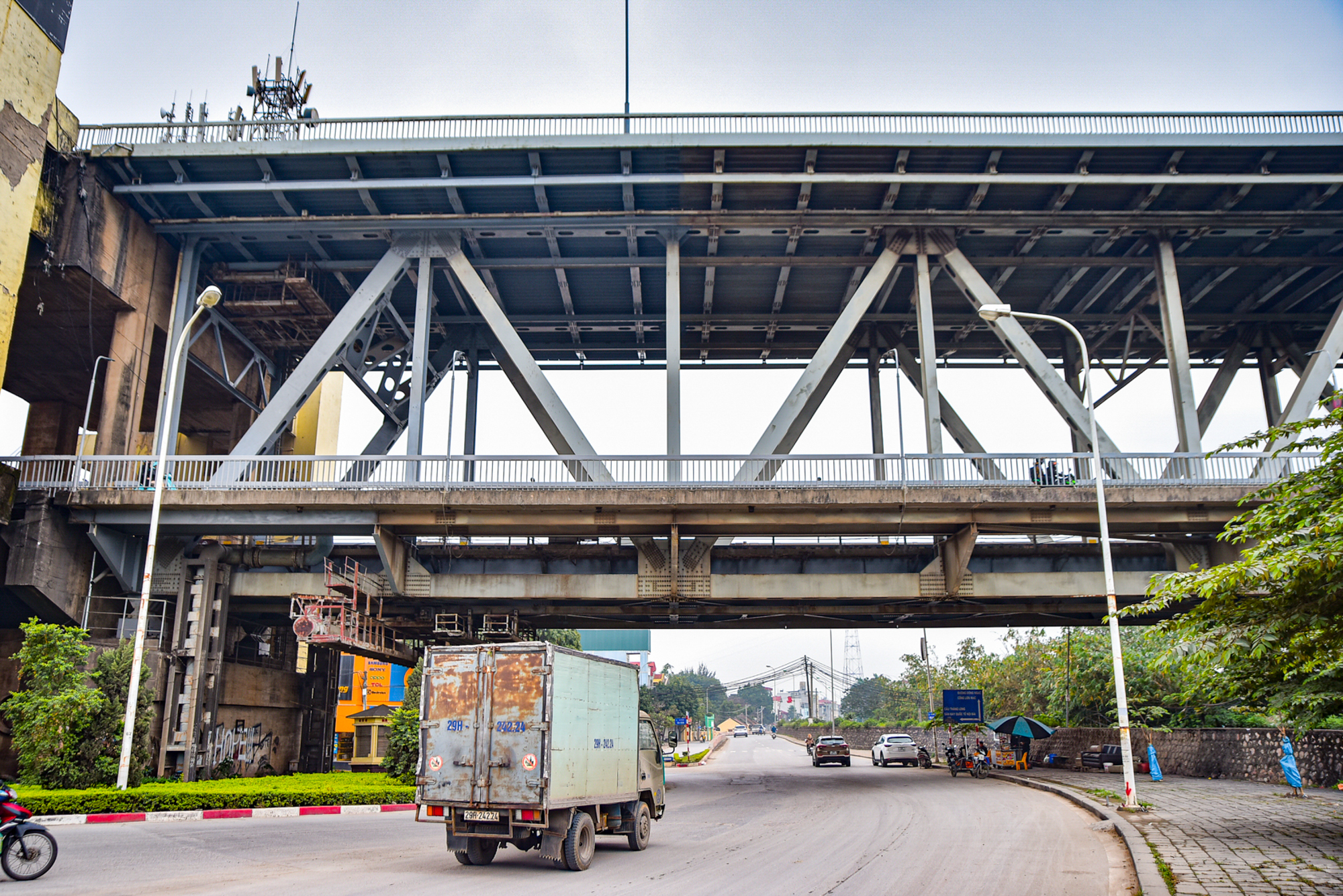
At the time of completion, Thang Long Bridge had 2 levels. The upper level is for cars, motorcycles, and other vehicles; the lower level is for trains. The length of the railway bridge is over 5 km; the road bridge for cars is over 3.1 km long; the bridge for primitive vehicles is 2.6 km long. The total length of the entire bridge is approximately 10.7 km, the longest of any bridge in Vietnam at that time.
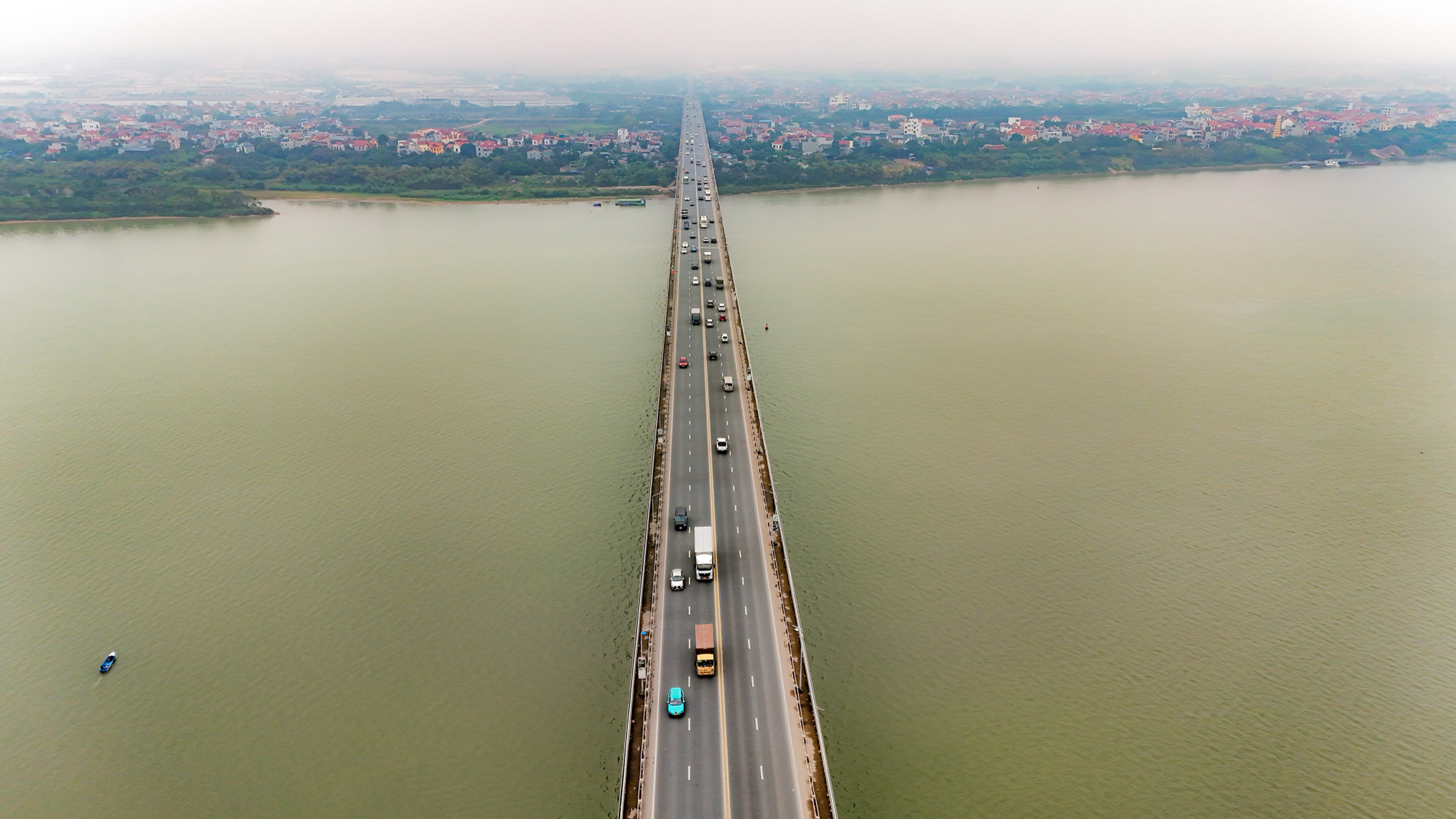
Not only is it remarkable for its length, but Thang Long Bridge was also considered the most modern in terms of construction technology at that time. Completing Thang Long Bridge was a challenging process, with doubts whether the project could be accomplished. This is also the reason why Thang Long Bridge still holds the record for the longest construction time, about 11 years.
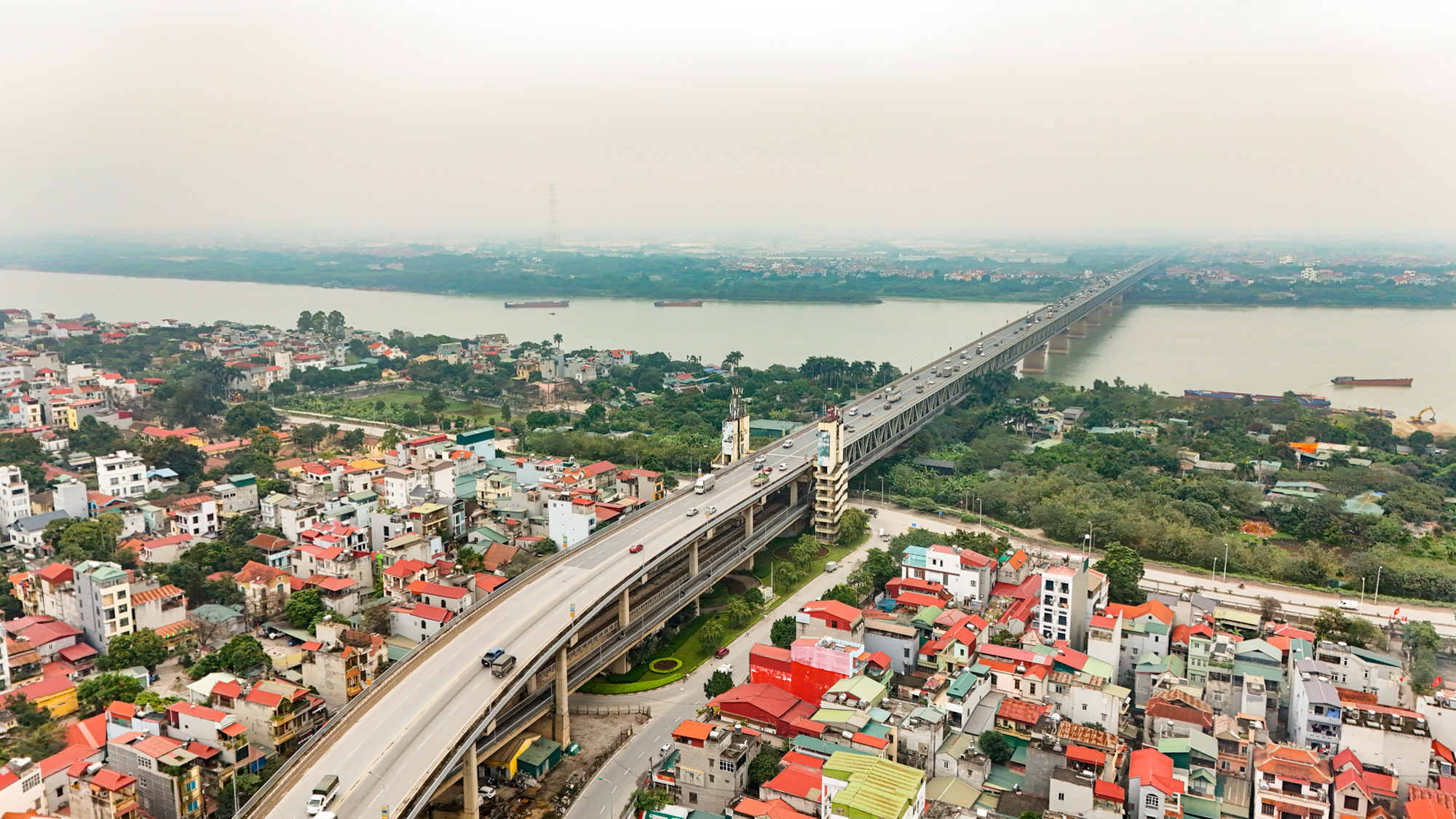
Despite the challenging construction, after the inauguration, Thang Long Bridge fell into a quiet condition due to the low volume of people and vehicles passing through. The reason was that the common means of transportation for Hanoi’s residents and other localities were bicycles (very few motorcycles and even fewer cars).
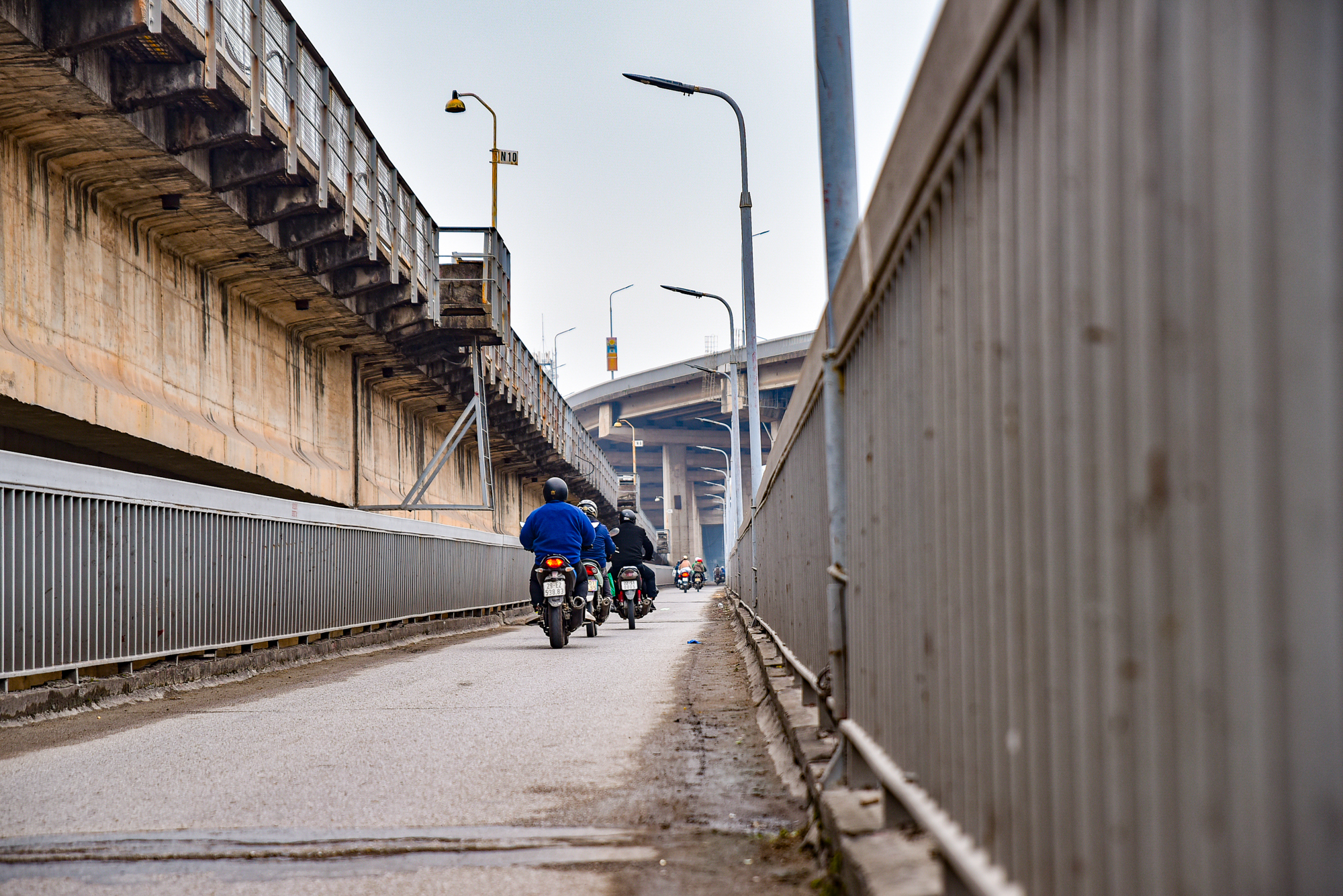
While Thang Long Bridge is a solid and modern structure suitable for cars and motorcycles, the demand for bridge usage was not high. Moreover, downstream of the Red River, near the area where Thang Long Bridge is located, Chèm ferry is still in operation.
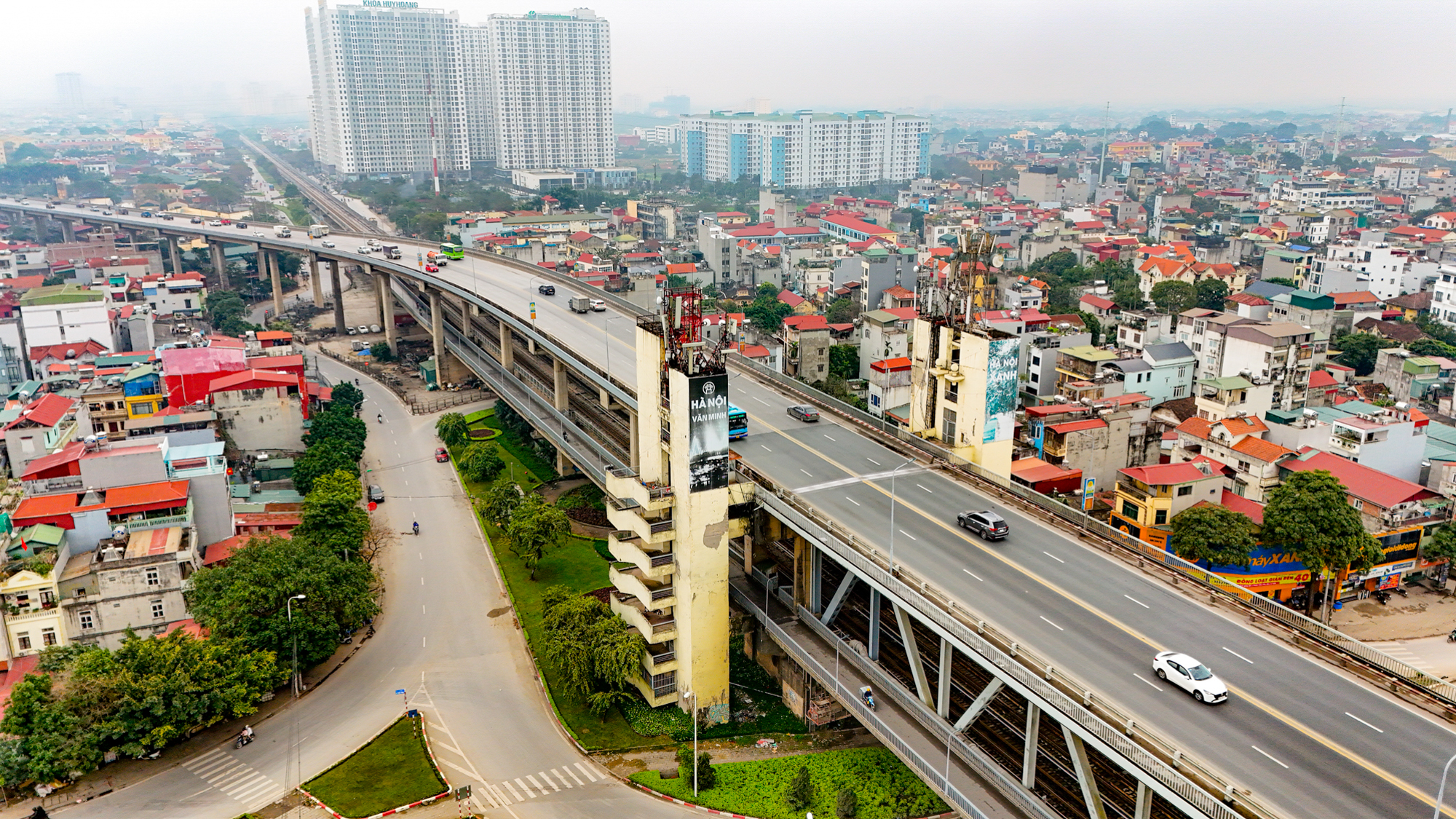
However, just one year after the inauguration, in 1986, our country entered a comprehensive renewal period. The renewal process brought about significant achievements, economic development, improved people’s lives, and an increase in the number of motor vehicles, as well as a growing number of flights to and from Noi Bai International Airport. The number of motorcycles and cars passing through Thang Long Bridge to the airport has also increased.
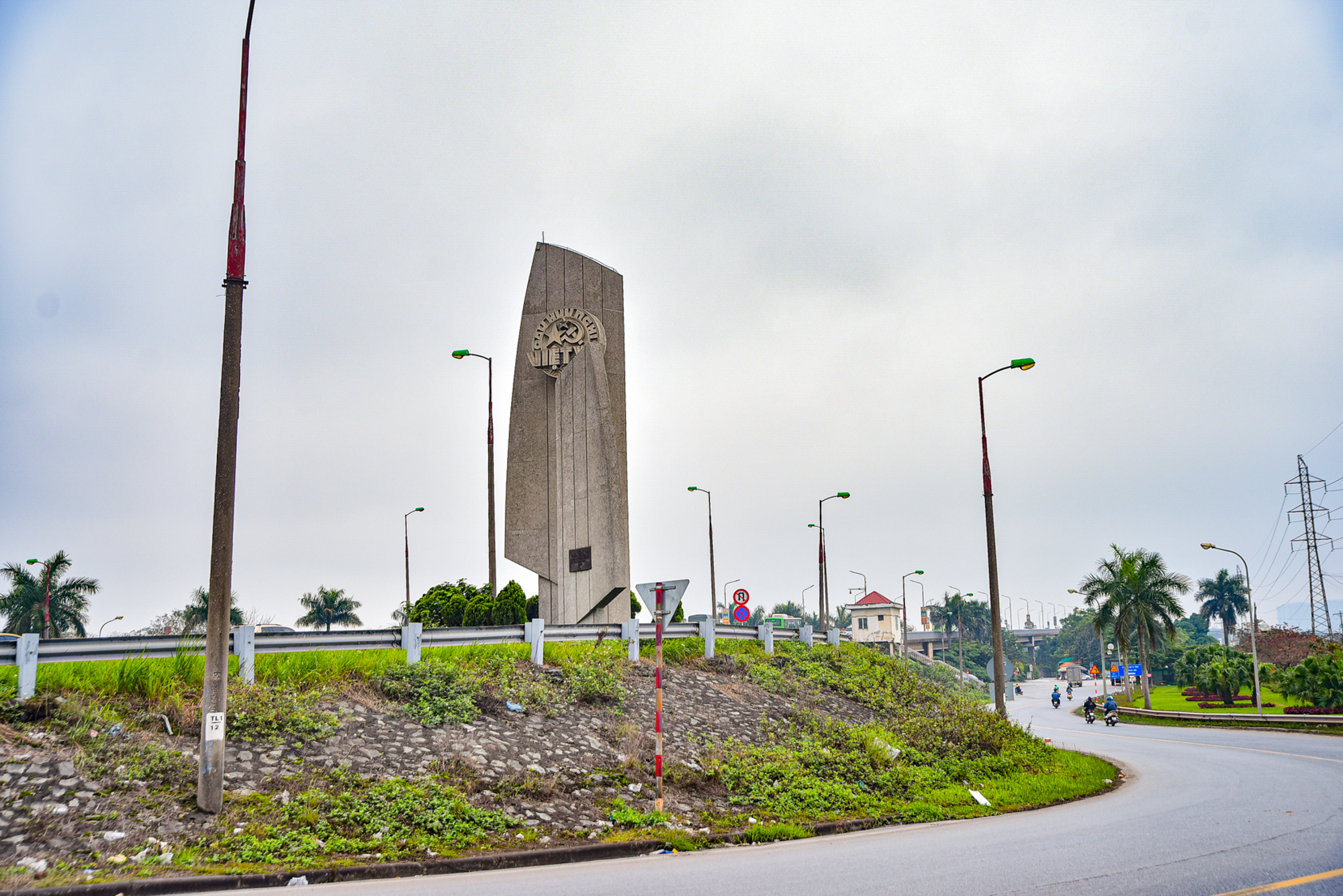
From then until now, after nearly 40 years of operation, the role and value of Thang Long Bridge to the socio-economic development of Hanoi in particular and Vietnam in general have become increasingly apparent.
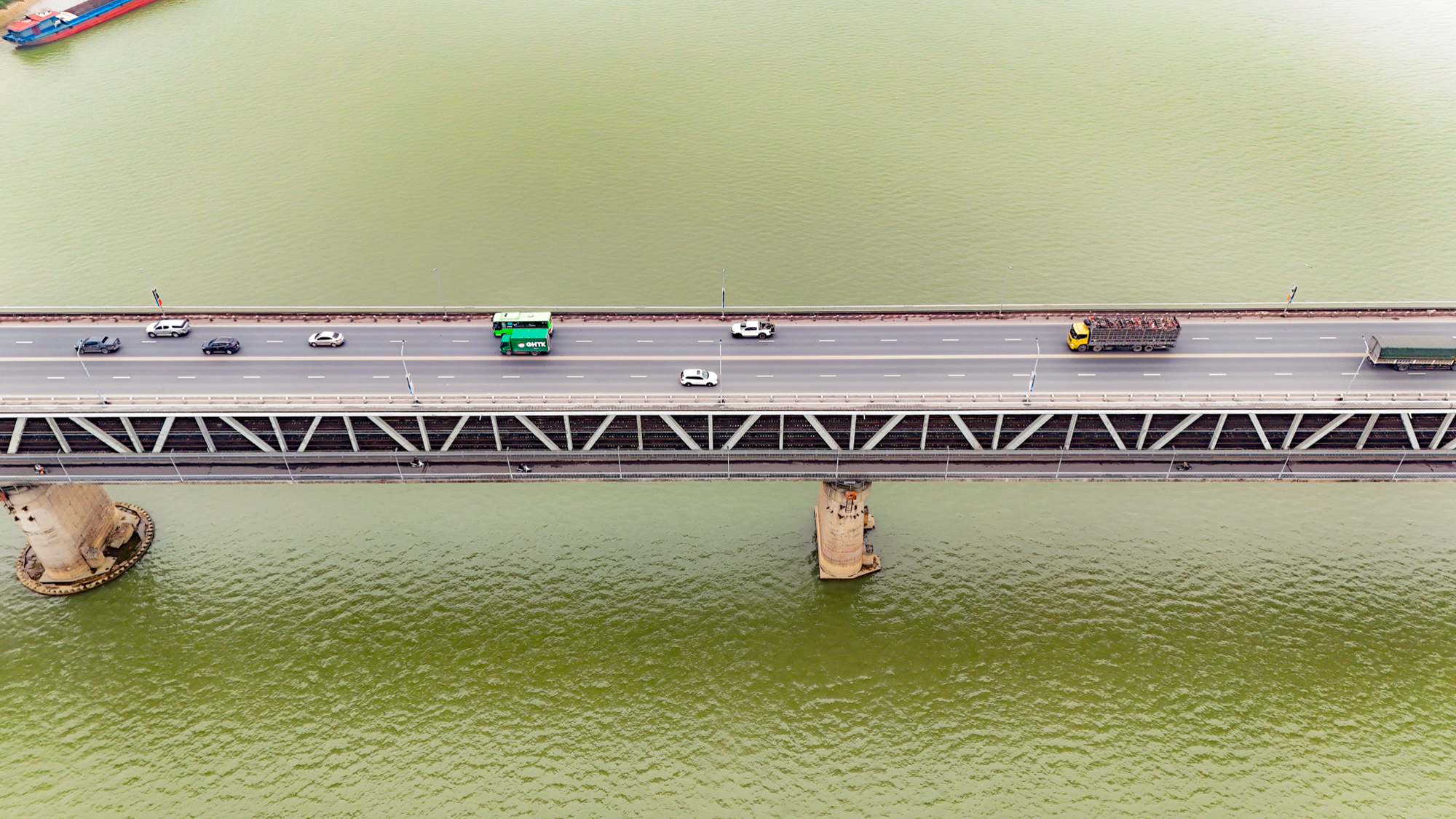
Over time, Thang Long Bridge has deteriorated many times. Until now, the bridge has undergone several major repairs and numerous minor repairs, with costs totaling hundreds of billion dong. In the 1999 major repair, the construction unit removed the top layer and applied a new layer of concrete. In 2009, the surface of Thang Long Bridge was replaced with a coating using SMA technology. However, after just 2 months, the bridge surface was damaged and had to undergo major repairs in 2011-2012. Most recently, in August 2020, a large-scale project to repair the surface of Thang Long Bridge was commenced with a total investment of nearly 270 billion VND. In this 3rd major repair, the bridge surface was completely stripped, including the concrete layer and adhesive layer, and then a new surface was applied using the latest technology.
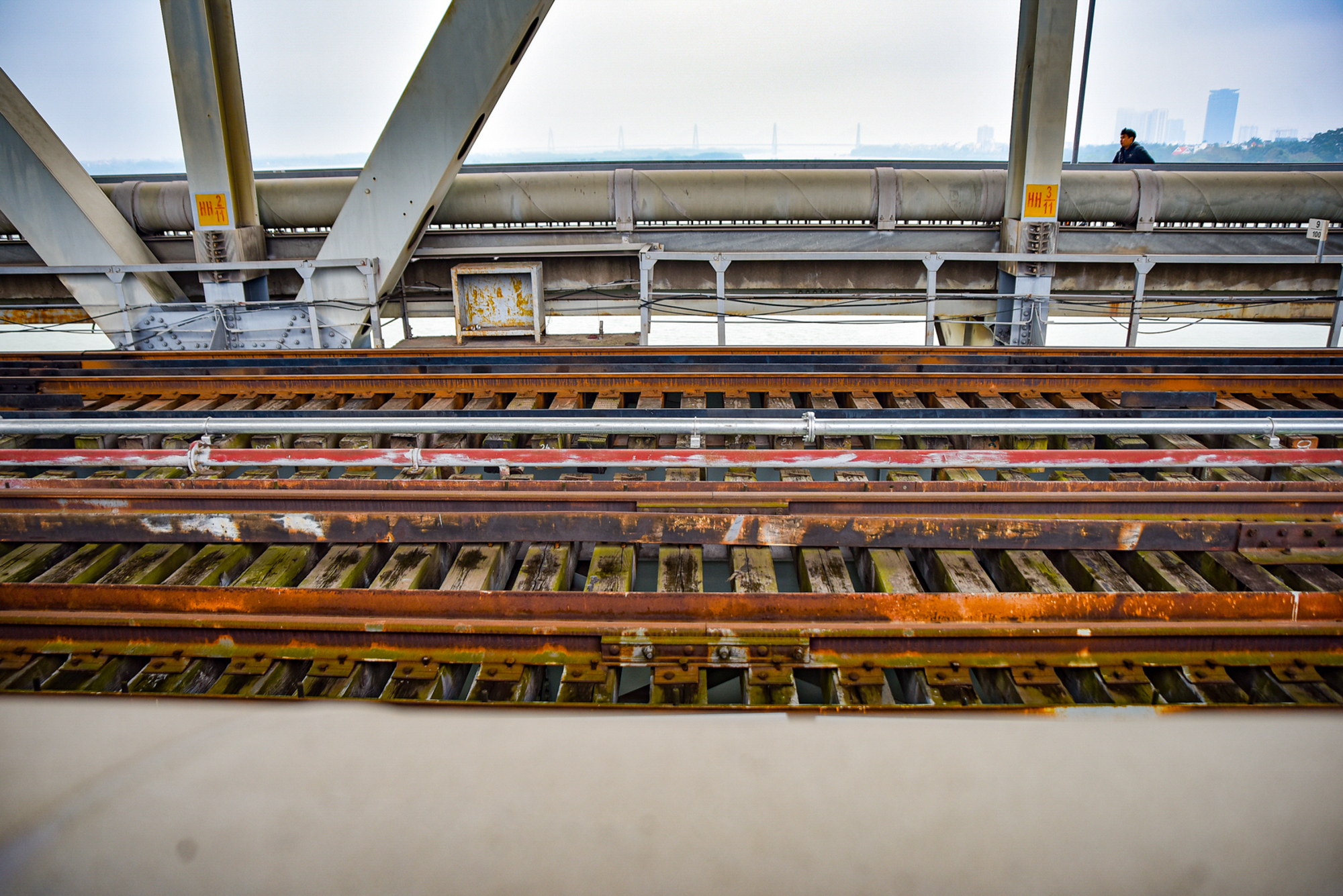
Thang Long Bridge is a bridge with many distinctive features and participates in all political and socio-economic tasks. This bridge is not only a bridge for cars but also integrates a railway bridge and a mixed bridge for primitive vehicles.
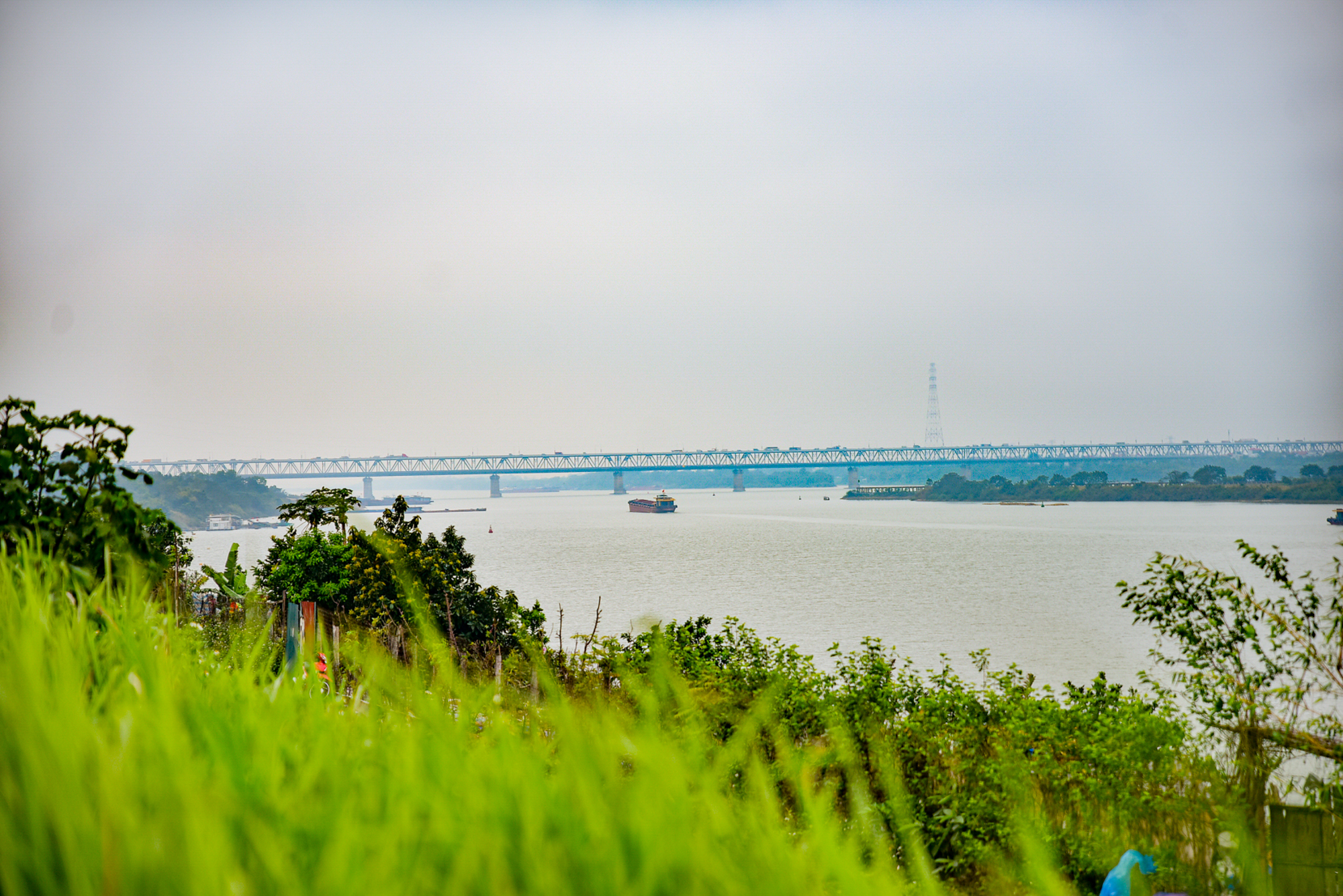
Currently, many other new bridges have been built across the Red River, such as Chuong Duong, Vinh Tuy, Thanh Tri, Nhat Tan, to meet the travel needs of the people. However, Thang Long Bridge still possesses its own beauty and is the bridge that connects the capital with Noi Bai Airport, an important gateway welcoming international visitors to Hanoi and the northern provinces of the country.

